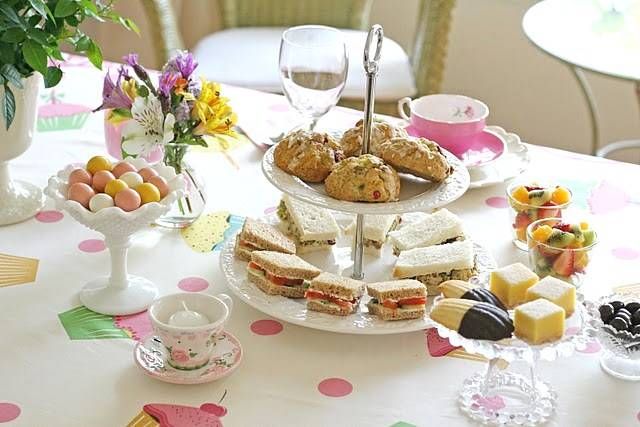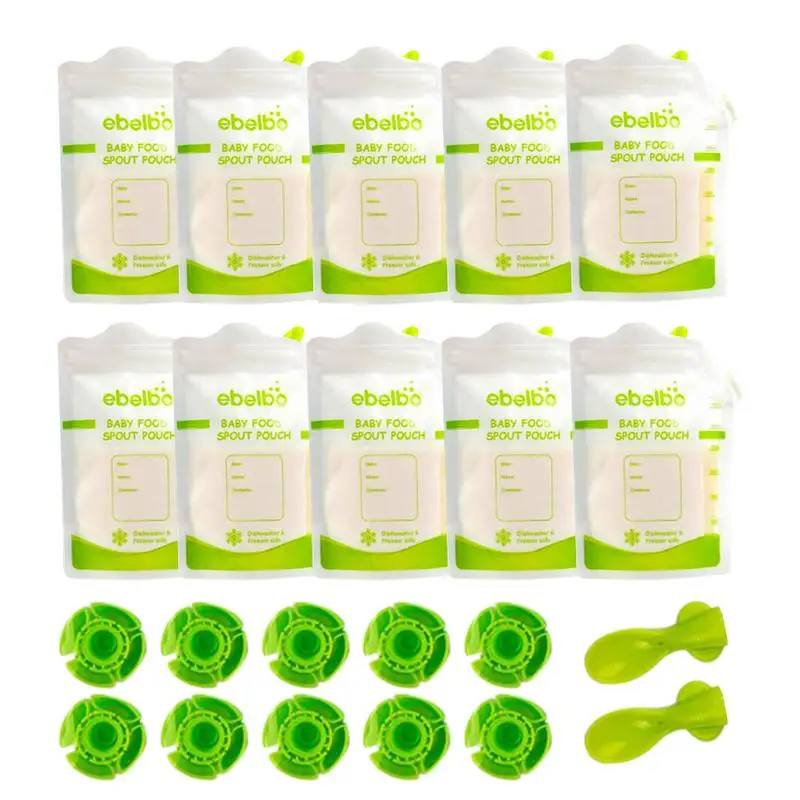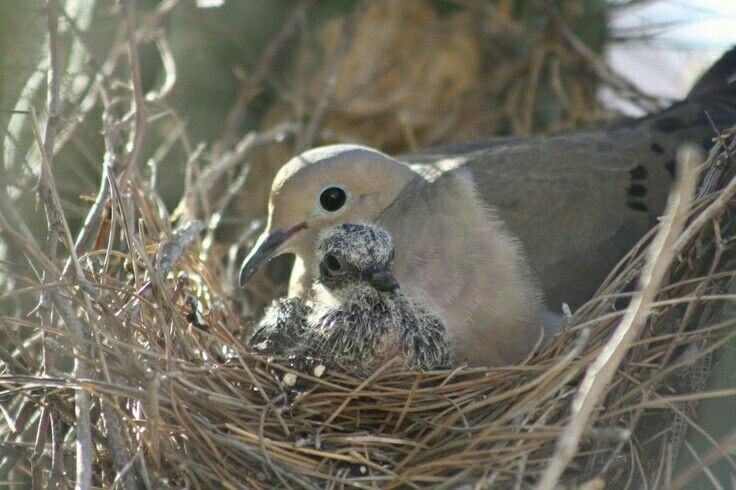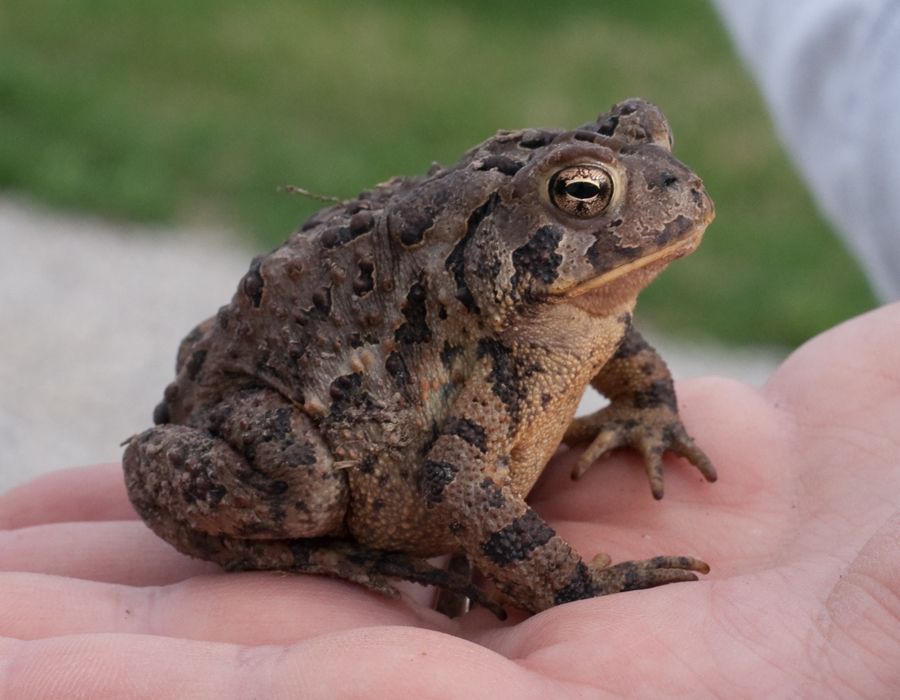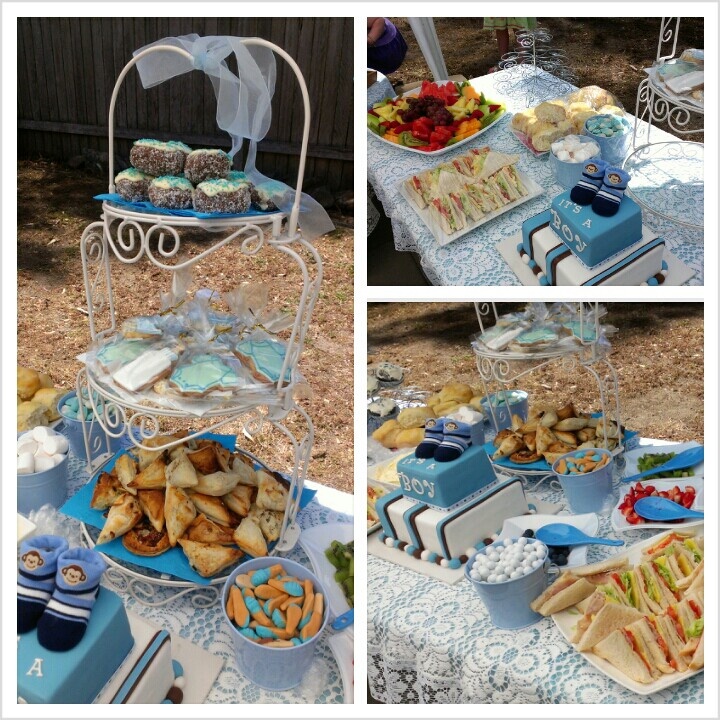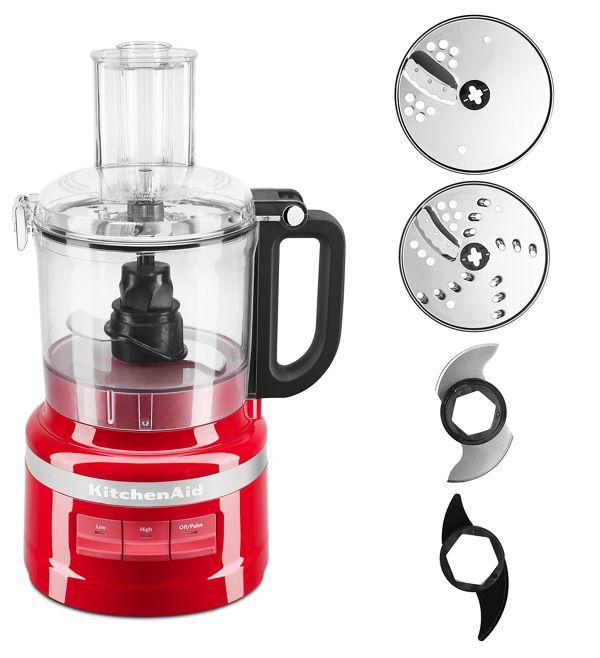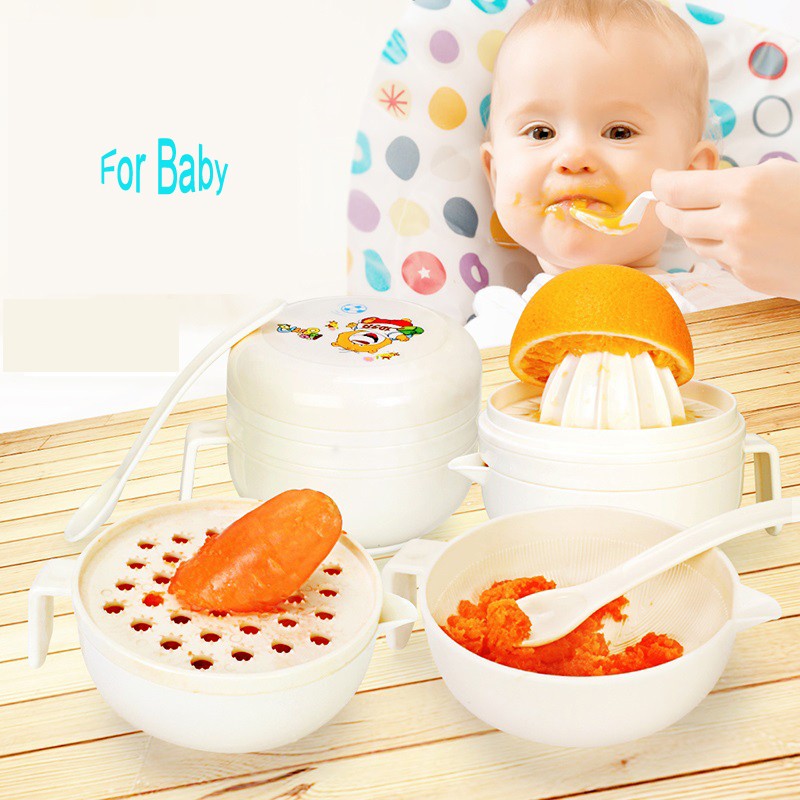Baby mesh feeder reviews
5 Best Silicone Baby Food Feeders To Buy 2020
A baby feeder is used to introduce solid food to babies without worrying about the risk of choking.
A food feeder looks pretty similar to the shape of a baby pacifier but much bigger than that.
The food feeder comes with either a mesh or silicone pocket where you fill your solid food in.
Every food feeder comes with a cover that closes at the bottom to hold the food inside the pocket.
The food feeders also feature an easy to grip handle for babies to hold and gnaw the food. Some food feeders have a cover that goes over the pocket for hygiene.
Table of Contents
How Do Baby Feeders Work?
Food feeders serve a pretty simple purpose and are not complicated to use.
- Choose some age-appropriate food you want to feed your baby
- Clean the baby feeder
- Open the lid and put the solid food inside the mesh or silicone pocket
- Close the lid, remove the cover (if your feeder has one)
- Hand it over to the baby and watch them make funny faces while trying new foods.
- Once they are done, dump the excess food, wash, dry and repeat.
Sounds simple, right?
Are Food Feeders Good For Babies?
There are a million baby gadgets in the market today, and you are probably wondering if you need one more. Hear me out.
I swear the baby feeders are AWESOME! For the price they cost, they do a fantastic job, and babies enjoy them.
Here are 5 reasons why you need a baby feeder.
1. Teething:
If you have a teething baby, then you might already know that teething babies love to bite on everything. Baby feeders, especially when served with cold food, can be soothing to aching gums and relieve their teething pain.
If your baby has not yet started solids, then you can fill the feeder with frozen breast milk or formula ice cubes.
2. Prevents Choking:
One of the scariest things that I faced while introducing solid food to my babies was when they started to gag or appeared to choke.
By using food feeders, you are not exposing your infant to big portions of food particles, which creates a safe feeding environment for them to try new food.
3. Develop Motor skills:
Food feeders encourage babies to practice self-feeding. It develops the hand-eye coordination that is needed to master spoon or finger feeding.
4. Keep Them Busy:
This has to be my favourite reason!
When I ran out of ways to keep them busy, I would just put some frozen fruit in the baby feeder and hand it over to them.
They happily enjoy their snack while I get some time to finish my work.
5. Sensory Experience:
Food feeders also provide a good sensory experience which babies love. It also instils a positive attitude towards trying new food.
Silicone or Mesh? Which one to Choose?
I am 100% team silicone, and I would highly be using silicone feeders because they are easy to clean and a plastic-free option to use.
Mesh feeders are a pain to clean, food gets stuck in between the mesh, and it is challenging to get them out.
I tried mesh feeders before; I was naive enough to try them with bananas.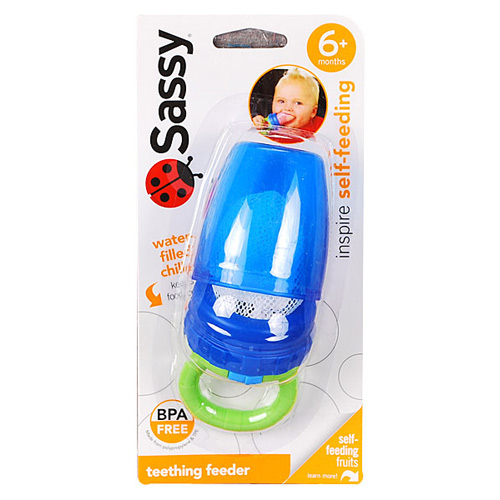 I let them sit on the counter before washing them.
I let them sit on the counter before washing them.
Let’s say that I had to throw the mesh feeder away; I went and bought a silicone feeder and never looked back again.
If you still want to try mesh feeder, then munchkin ones are hands down the best.
Best Silicone Baby Feeders:
1.Boon:
BUY NOW
Boon is one of my favourite brands. They really care about their customers and only use safe materials to make their products.
Their silicone feeder is particularly my dearest. The feeder itself is made of soft, food-grade silicone with small holes through which your baby can taste the food.
It comes with a firm handle for babies to grab and enjoy their treat.
Boon feeder was perfect when we started with solids and was great relief during the teething phase.
Some parents complain that they find it small, I did not find it so and you can always refill and offer seconds if they want more.
I did find that my kids had a hard time getting any solid food like solid apples out of the boon feeder, so I always offerred food that were soft and juicy like berries.
2.Kids Me Food Feeder:
BUY NOW
Kids me feeder comes very close to Boon feeder for me. For serving at home, I usually alternated between both Boon and Kidsme.
When I am out and about, Kidsme was the winner for various reasons.
1. Boon does not come with a cover, but Kids me does. You can easily keep the feeder closed, hygienic using the cap.
2. Kidsme feeder also comes with a hole between the handles that attach to clips or holders to prevent dropping on the floor.
3. Kidsme comes in two different sizes, medium and large; you can use the appropriate size based on your baby’s age.
4. My babies seem to love the double handle, and they found it easier to grab them with both the hands.
The sac itself is made from food-grade silicone and FDA certified. You can also buy replaceable silicone sacs to use instead of buying the whole feeder if you want.
The textured silicone sac is also great for teething babies. Seriously, it is a lifesaver when you offer chilled or frozen foods in this feeder.
Your babies will thank you and may even reward you with 30 minutes of fuss-free time.
3. Ashtonbee Baby Feeder:
BUY NOW
AshtonBee Feeder looks pretty similar to Kidsme. AShtonBee also comes with a cap to cover the silicone sac and a safety lock that ‘clicks.’
Ashtonbee is marketed as a silicone feeder and pacifier because it clams your child down during teething pain.
The silicone sac itself is food-grade silicone that is free of BPA, Lead, Petroleum, Phthalates, so it is safe for your baby to nipple.
4.Nature Bond Fruit Feeder:
BUY NOW
If you dislike the idea of buying different size feeders as your baby grows and wondering if there is a product that grows with your baby, then Nature Bond food feeder is where it is.
You get two pack baby feeders, and it comes with 3 different pair of sizes-small, medium and large.
The sac is made of food-grade silicone that is BPA Free, Latex Free, Phthalates Free, and Lead-Free.
Nature bond feeders come in fun colors (think candy!) that your kids will love.
5. Moss and Fawn Forage Feeder:
BUY NOW
We at ANM, love supporting mom businesses and that’s why this brand is special to me. Sofia, the owner of Moss and Fawn, sent me her forage feeder to try and I loved it.
Please note that I only received the product for free; I was not compensated to write this post; all opinions are my honest views.
The product comes with a feeder and three silicone sacs that grow with your baby.
The forage feeder comes neatly packed in a cloth bag and also contains a booklet that guides on how to use the feeder and offers suggestions on best foods to try.
I love the company how this brand believes in sustainability and makes a conscious choice at every step of making the product.
Their packaging is recyclable, the booklet is printed in a wind-powered facility, and printed with vegetable ink on recycled paper.
They also use 100% cotton bags to pack their feeder and 100% natural wood strands as filling that are easily compostable.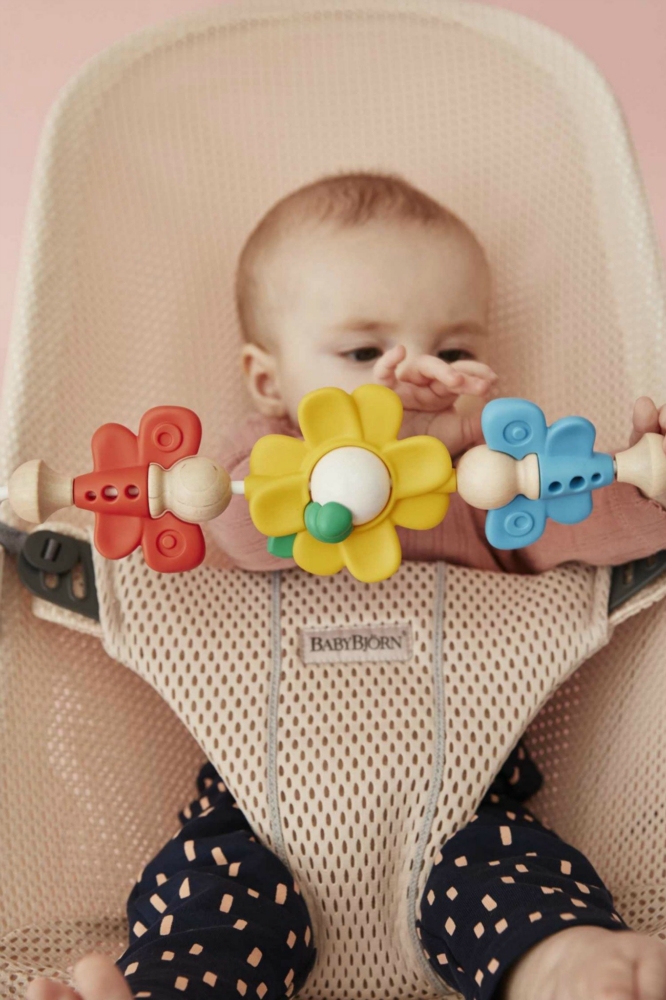
The forage feeder is made of safe, non-toxic food-grade silicone, tested free of BPA, PVC, Phthalates, and Lead and is also FDA and CPSIA compliant.
Yay! for this company for looking out for your baby and the environment.
Let’s Wrap Up:
Silicone feeders are safer and easier than using mesh baby feeders, in my opinion. They are perfect to introduce solid foods to your baby and works wonders during teething.
Not all silicone feeders are made the same, though. It is important to look for one that is made with food grade silicone without any fillers.
Also, I highly recommend using a one that is free of unwanted chemicals like BPA, phthalates, lead and pvc.
Considering all the above points,
Here is my list of Best Silicone feeders to Buy (2019):
- Boon Silicone Feeder
- Kids Me Food Feeder
- AshtonBee Feeder
- NatureBond Food Feeder/ Pacifier
- Moss and Fawn Forage Feeder.
Did you use any food feeder? Which one did you use and how did you like it?
Sharing is caring!
108 shares
Convenient & Easy to Clean
When you buy through our links, Insider may earn an affiliate commission.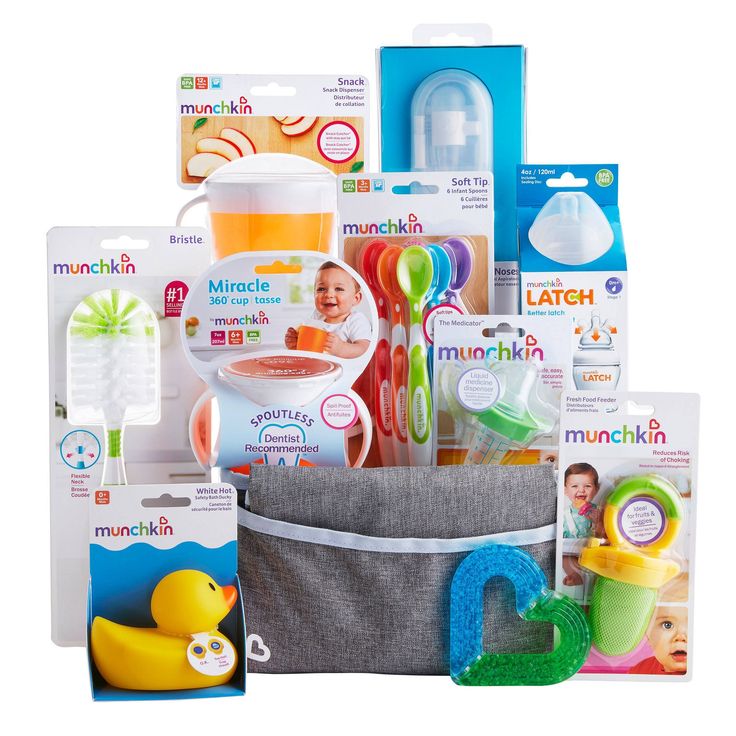 Learn more.
Learn more.
- Dr. Brown's Fresh First Silicone Feeder is an easy-to-clean alternative to the classic mesh feeder.
- Available in a two-pack for $10, the silicone feeder is a bit pricier than mesh feeders, but it's worth it for the convenience it offers.
- My 7-month-old daughter has tried a variety of fresh fruits using the feeder.
- Because you can toss the Fresh First Feeder in the freezer, it's a great teething remedy.
Thanks for signing up!
Access your favorite topics in a personalized feed while you're on the go.
I used mesh feeders to help introduce all four of my older children to solids, and they loved them.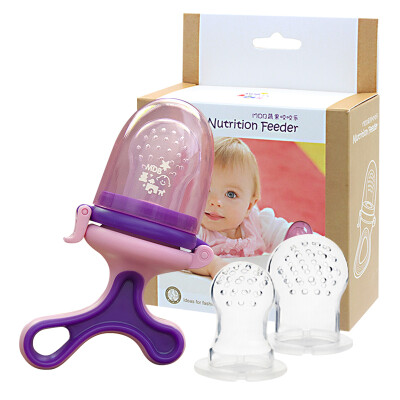 They were a safe, easy way to introduce my babies to new flavors, and I didn't have to worry about them choking.
They were a safe, easy way to introduce my babies to new flavors, and I didn't have to worry about them choking.
So, of course, when my fifth baby hit 6 months old and we began the process of introducing solids, I purchased the same mesh feeder I'd always used.
Unfortunately, I only got a couple uses out of it before it became caked with food that was impossible to clean out, even after multiple rounds of scrubbing and soaking. The biggest culprit? Bananas — I just couldn't seem to get those smushed bananas out of the mesh.
I resigned myself to prepared baby food, but wished I could still give my daughter the fresh food options that the feeder allowed.
But here's the thing: Times have changed since I first became a parent and innovative products like Dr. Brown's Fresh First Silicone Feeder now exist.
Dr. Brown's — maker of the best baby bottles we've tested — sent me their silicone feeder to test, and I was immediately impressed by how easy it is to clean.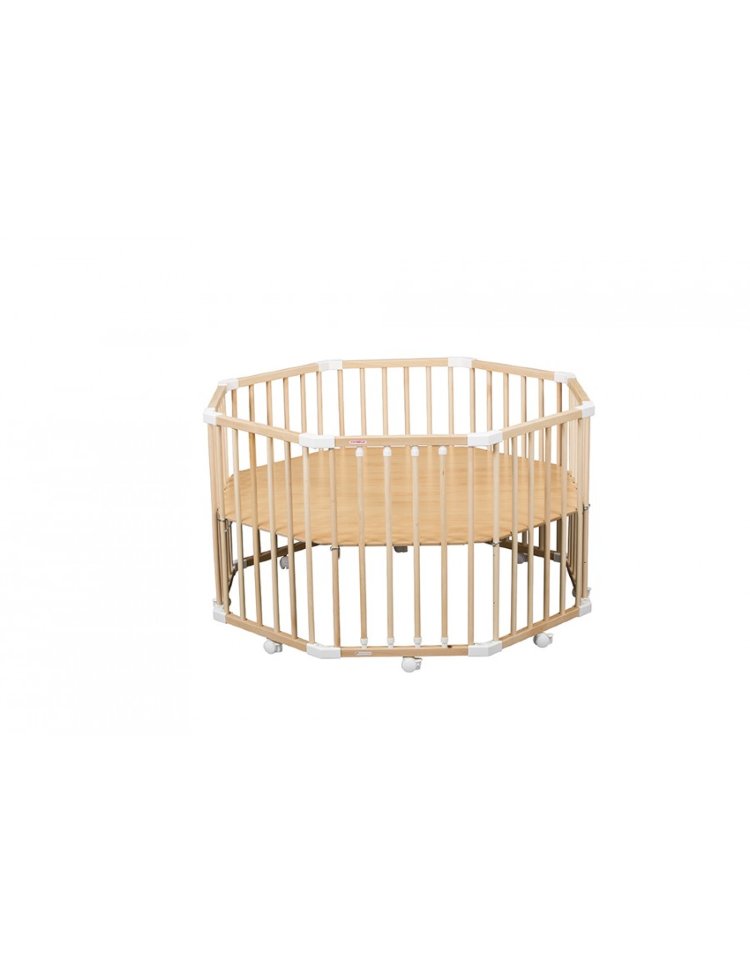 I've been using the feeder every day for three weeks, and my daughter loves it, especially when it's filled with bananas.
I've been using the feeder every day for three weeks, and my daughter loves it, especially when it's filled with bananas.
Dr. Brown's silicone feeder is designed like a bottle top and with a plastic handle for babies to hold
Made for babies 4 months and older, the smartly designed Fresh First Feeder resembles a nipple top on a bottle. To use it, fasten the silicone nipple portion through the base, then add food into the top, and screw the top onto the base, just like a bottle. With a cover that fits on top, it can also be taken on-the-go.
The feeder has a wide BPA-free plastic handle on the bottom, which has been perfect for my daughter to grip on her own, even though she still has a bit of a shaky grasp at 7 months old.
I'm a big proponent of baby-led weaning and love the fact that I can safely introduce my daughter to a variety of fresh foods and flavors with the Fresh First Feeder. It doesn't necessarily provide nutrition for your baby, as the holes are small and babies can't get a lot of sustenance from it.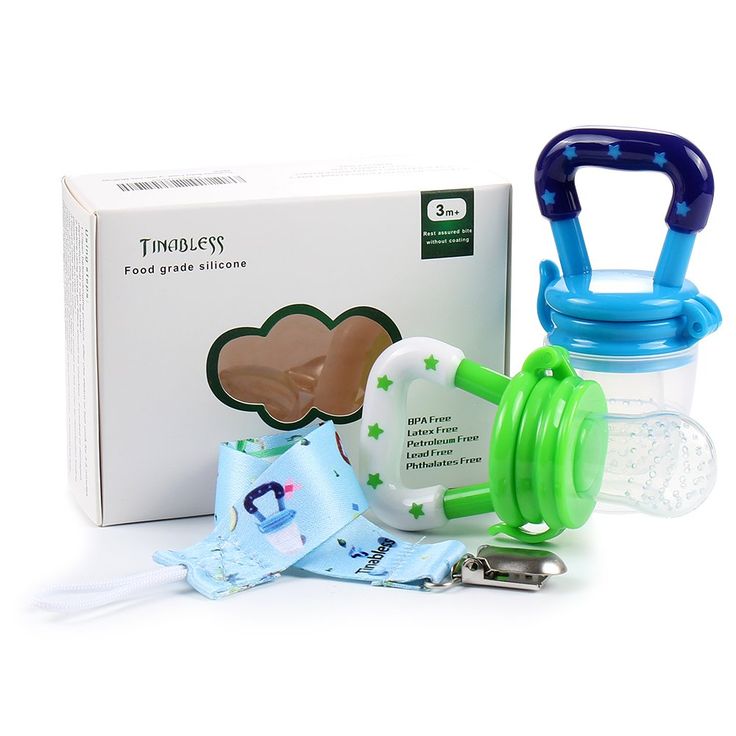 Rather, it's meant to introduce them to new foods and flavors. So far, my daughter has been able to try lots of fresh foods, from apples and frozen peaches from our orchard to strawberries and avocado.
Rather, it's meant to introduce them to new foods and flavors. So far, my daughter has been able to try lots of fresh foods, from apples and frozen peaches from our orchard to strawberries and avocado.
It's easy to clean and doubles as a teether
The feeder is made of three parts that are dishwasher safe. Chaunie BrusieBy far, my favorite feature of the feeder is how easy it is to clean. Just unscrew the top from the base, remove the silicone nipple, and hand-wash it, or toss all the pieces on the top rack of the dishwasher. It's also safe to sterilize in a microwave or electric sterilizer or in boiling water.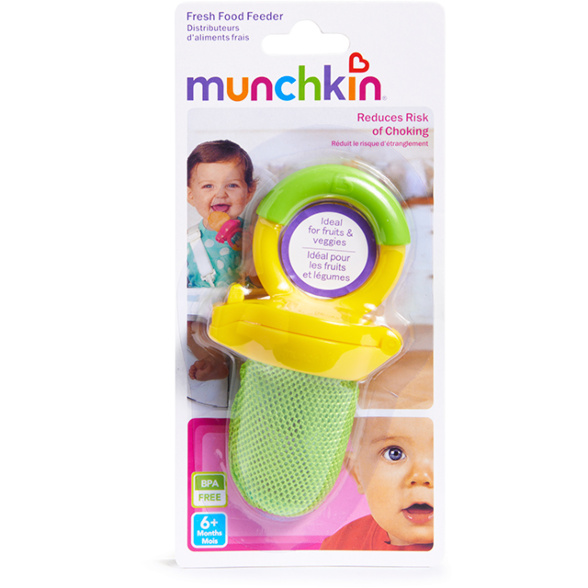 Compared to the multiple rounds of soaking and scrubbing required with mesh feeders, cleaning the silicone feeder is a breeze.
Compared to the multiple rounds of soaking and scrubbing required with mesh feeders, cleaning the silicone feeder is a breeze.
The feeder also does double duty as a teether. The entire thing can be popped into the freezer to make a super convenient and tasty teether to soothe your baby's gums.
The only con is that your baby might have to work at it
Because it is made of silicone, the feeder is a little bit tougher for my baby to chew on and get out those tasty juices as compared to mesh feeders. I've found that I need to squeeze whatever food is in the feeder to release the juices before giving it to her. Once she gets a taste of it, she is encouraged to suck on it on her own, and then there's no stopping her.
The bottom line
Dr. Brown's Fresh First Silicone Feeder is an excellent fresh food feeder. It allows me to introduce fruits to my baby with the same safety assurance of a mesh feeder but without the cleaning troubles. Plus, it's been great for soothing her swollen gums as she's teething.
Chaunie Brusie
Chaunie Brusie is a contributor to Insider.
Read moreRead less
Subscribe to our newsletter.
You can purchase syndication rights to this story here.
Disclosure: This post is brought to you by the Insider Reviews team. We highlight products and services you might find interesting. If you buy them, we get a small share of the revenue from the sale from our commerce partners. We frequently receive products free of charge from manufacturers to test. This does not drive our decision as to whether or not a product is featured or recommended. We operate independently from our advertising sales team. We welcome your feedback. Email us at [email protected].
Email us at [email protected].
GBU DO TsDYUTT "OHTA" - Ecological and social action "Master bird feeders"
Environmental and social action "Master bird feeders" as part of the work of the Children's club "SAMODELKIN"
in the Krasnogvardeisky district and in the Krasnogvardeisky district of their parents, the Okhta Center for Children's (Youth) Technical Creativity, with the support of the administration of the Krasnogvardeisky District, implements the creative project "Children's Club" SAMODELKIN ".The children's club was opened in partnership with Maksidom LLC in the building of the MAXIDOM hypermarket at the address: st. Peredovikov, 18, bldg. 2.
As part of the work of the SAMODELKIN Children's Club in 2017 and 2018, an environmental and social campaign "Masters of bird feeders" was organized, in which school students and residents of the Krasnogvardeisky district take part.
The purpose of the action is to promote and popularize technical creativity among the children of the Krasnogvardeisky district, develop interest in applied arts, educational work in the field of ecology, and develop social partnership.
Ecological and social campaign "Master bird feeders" takes place in four stages:
The first stage is the production of bird feeders as part of the work of the SAMODELKIN children's club, schoolchildren of the Krasnogvardeisky district together with their parents and teachers under the guidance of teachers of the Central Children's and Youth Theater " Ohta» make feeders with their own hands according to specially prepared instructions.
The second stage is decorating bird feeders using the fine art technique.
The third stage - hanging feeders in forest parks, recreation parks and walking areas located on the territory of the Krasnogvardeisky district.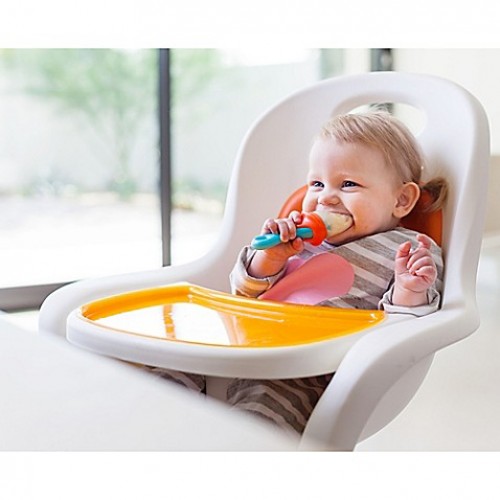
Fourth stage - bird feeding during the whole autumn-winter period.
In 2017, 70 people took part in the Ecological and Social Action "Bird Feeders Craftsmen", 12 bird feeders were made.
Pupils of the Okhta Children's and Youth Sports Center hung feeders on trees in Polyustrovskiy Park. Athletes - radio orienteers of the Okhta Center for Children's (Youth) Technical Creativity, who take practical classes in the park, fed the birds in the cold winter period, made sure that the feeders were never empty.
In 2018, the MAXIDOM hypermarket hosted the second campaign, in which more than 120 schoolchildren of the Krasnogvardeisky district took part, and 25 bird feeders were made.
Students of the creative associations of the Okhta Central Children's Youth Sports Theater beautifully decorated the "canteens" for their feathered friends, and according to the already established tradition, radio orienteering athletes hung bird feeders on trees in the parks and squares of the Krasnogvardeisky district, so that in the cold season birds could always find food for themselves .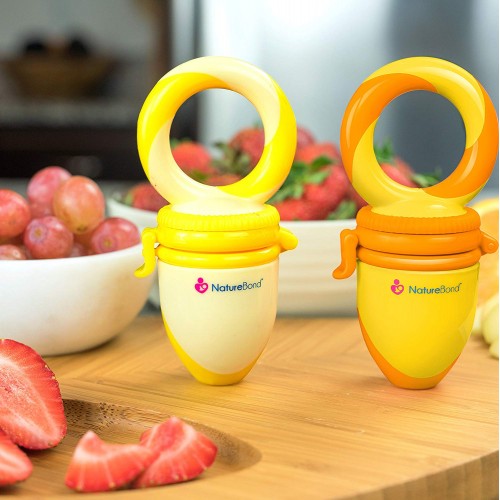
Children from other creative associations of the Central Children's Youth Theater "Okhta" also took part in the action, hung feeders on trees in the parks and squares of the Krasnogvardeisky district and make sure that the feeders are not empty.
The organizers and participants of the action are sure that the residents of our region will not remain indifferent and will definitely join the action. In order to help residents not to make a mistake in choosing a treat for birds, the children of the Okhta Children's and Youth Sports Center prepared information booklets specifically for the action, which says what kind of food is best left in the "canteens for birds" (the booklets are attached to the feeders), and also made a map with indicating the locations of "canteens for birds".
MAP INDICATING THE LOCATIONS OF BIRD FEEDERS
Information booklet "what to feed the birds"
You can learn more about the Eco-social campaign “Masters of Bird Feeders” on the YouTube channel and websites of institutions.
DEPARTMENT OF EDUCATION OF THE ADMINISTRATION OF THE KRASNOGVARDEYSKY DISTRICT OF ST. PETERSBURG
Information portal
State budgetary educational institution of the boarding school No. 1 named after K.K. Grota of the Krasnogvardeisky district of St. Petersburg
Official website of the administration of St. Petersburg
State budgetary educational institution Secondary school No. 233 with in-depth study of foreign languages KRASNOGVARDEYSKY DISTRICT OF ST. PETERSBURG
STATE VETERINARY SERVICE OF ST. PETERSBURG
GBU DO TsDYUTT "OHTA"
And also Children's club "SAMODELKIN" invites children and their parents to take part in master classes. Master classes are conducted by teachers of the Center for Children's (Youth) Technical Creativity "OKHTA".
Contest
The plot of the action in the program "Time of Day" of the St. Petersburg TV channel: Watch video
Birds in winter | How to help birds in winter
02/11/2015
Good deed or how to help birds in winter
In this article, in brief, we will try to answer the questions: what birds winter in central Russia; the meaning, diet, features, timing and norms of feeding birds in winter; types of bird feeders; how to properly place the feeder.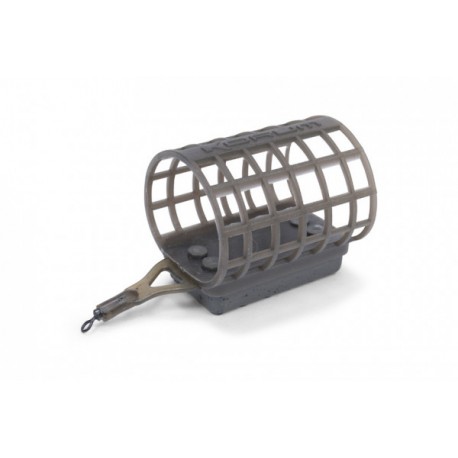 What is it for? It is necessary in order, first of all, not only not to harm the birds, but also to facilitate their existence in difficult winter times.
What is it for? It is necessary in order, first of all, not only not to harm the birds, but also to facilitate their existence in difficult winter times.
Birds are one of nature's natural self-regulators.
Some birds destroy insects, thereby saving trees and shrubs from harmful insects. Others feed on the fruits of trees and shrubs, spreading them around, increasing the forest zone. Still others are mostly birds of prey, they are called feathered orderlies, live in forests, feed on mice and small birds, mostly sick or weakened.
More than 300 species of birds are found in the Moscow region, some of them constantly nest here, others can be seen in the warm season, others, on the contrary, only in winter, others migrate in transit and can be seen when they stop to replenish their strength between flights.
All this variety of birds has its own habitat - some settle everywhere, others prefer a certain habitat: reservoirs, bolts, forests, meadows, farmland places and cities. This is largely due to the "diet" of birds.
This is largely due to the "diet" of birds.
In central Russia, in addition to a large and diverse family of passerines, you can meet representatives of various waterfowl, predators.
The seasonal behavior of birds is greatly influenced by the diet of birds.
Those birds whose diet is based on a pronounced seasonal nature (insects, frogs), almost all migrate to where they can find food - to "warm lands". These include birds whose habitat disappears with the onset of cold weather. Starlings, wagtails, larks, black-headed gulls, warblers, swans, etc. are prominent representatives of this group.
Birds with a plant-based diet are most often sedentary (for example: fieldfare thrush, spotted woodpecker, black-headed goldfinch), although some may migrate to places where they can find their favorite food (for example: long-tailed tit ).
Birds of prey can also be divided into migratory and sedentary..png) The reason for their migration is mainly the presence or absence of food supply. Their migration is mainly related to the search for food.
The reason for their migration is mainly the presence or absence of food supply. Their migration is mainly related to the search for food.
There is another category of birds, the so-called "city dwellers", which lead a settled way of life and are a constant companion of man. These primarily include the gray crow, pigeons and sparrows.
Importance of bird nutrition in winter
Many have thought about how hard it is for birds to survive in winter?
It has long been known that many birds die in winter not because of the cold, but because of the lack of the usual good nutrition. Therefore, in order to preserve the bird population, many of them need additional feeding.
Winter is a difficult time of the year for all birds, but not because of the cold and frost, but because with the onset of cold weather, their food supply disappears or is significantly reduced. In order not to freeze, they need a lot of energy for warming, and for this you need to constantly replenish it - eat, and more often and more than in the summer.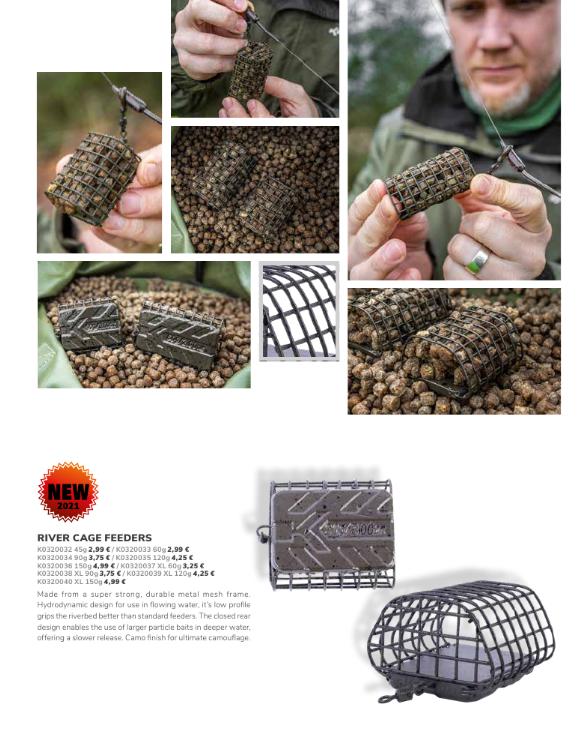 “Frost is not terrible for a well-fed one” - this can be said about birds. The winter day is short and the birds have little time to search for food. Therefore, birds tend to go where it is easier to find food and where you can hide from the winter cold - to cities, towns, villages closer to people.
“Frost is not terrible for a well-fed one” - this can be said about birds. The winter day is short and the birds have little time to search for food. Therefore, birds tend to go where it is easier to find food and where you can hide from the winter cold - to cities, towns, villages closer to people.
Feeding birds in winter taking care of nature
Bird feeders are not just about taking care of our little brothers, but also taking care of yourself.
Imagine if all the birds destroying insect pests disappeared at once - the consequences would be simply catastrophic, which would threaten humanity itself.
First of all, this applies to small representatives of the feathered family remaining for the winter, in the diet of which there is plant food, as well as various insect pests. In winter, many of these birds move closer to humans, to cities, towns and villages, because here it is easier for them to feed and survive.
Properly organized top dressing will help more birds survive in winter, their gratitude in summer is the destruction of pests in forests, parks, squares and household plots.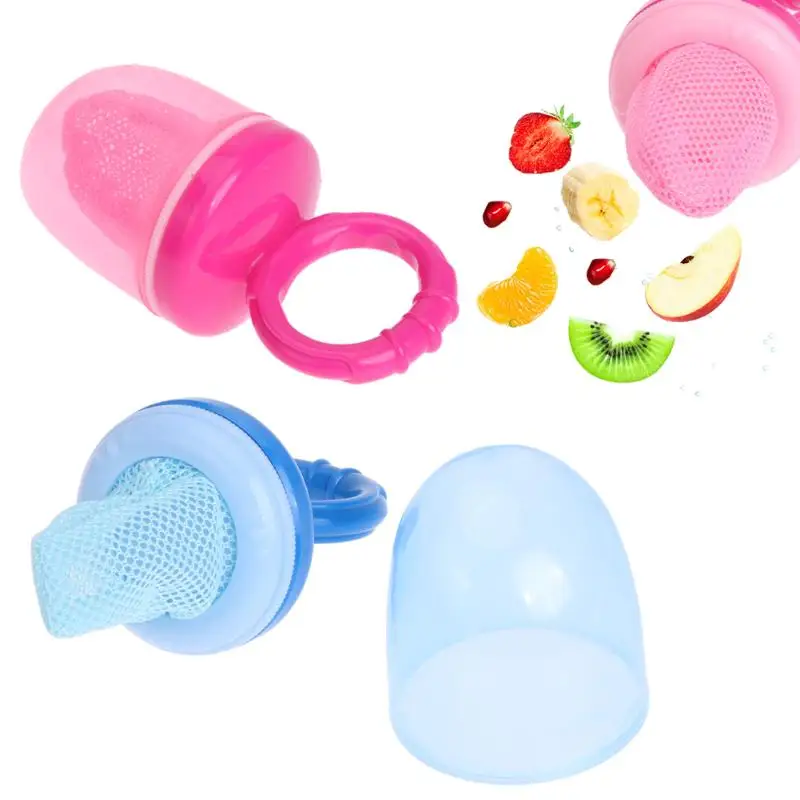
Wintering birds or which birds stay wintering
To begin with, let's look at some birds whose food is based on insects, they are most vulnerable in winter. Usually these are representatives of the sparrow order and more than others need human help. These birds can be attributed both to urban birds and to the inhabitants of parks, alleys, gardens and other urban green areas of large and small cities.
| Great tit | | Long-tailed Tit |
| In summer it lives in forests of various types, outside settlements, in large parks, rarely near human habitations. In winter - lives closer to people. | | Lives in different types of deciduous forests. In Moscow and the Moscow region, it can be found in birch and alder forests of forest park areas. Some birds lead a sedentary lifestyle, stay for the winter and live near their nesting sites. In winter it eats small seeds. Often they can be seen in flocks of great tits. |
| | | |
| Great spotted woodpecker | | Lesser spotted woodpecker |
| The most common type of woodpecker in the Moscow region. | | A species common for the central European zone, found on forest edges, in river valleys, in parks. It does not fly away for the winter, a frequent visitor to bird feeders in parks. |
| | | |
| Muscovy or Little Tit | | Blue Tit |
| In Moscow and the Moscow region - a common species, found only in large forest parks, where coniferous trees predominate. Food is prepared in the summer. | | Common inhabitant of Moscow region and Moscow deciduous forests and parks; in the city often settles in the yards. It nests in tree cavities, in holes in concrete lampposts, and in fence chimneys. For the winter, some birds remain in nesting places, some migrate. Blue tit flock to bird feeders, especially often in years of poor seed harvest. Here they feed on peanuts, sunflower seeds, unsalted lard and leftover food. |
| | | |
| Bullfinch | | Field and house sparrows |
| Our winter guest from the Arctic, migrates to central Russia with the onset of the first cold weather. | | The most widespread birds in Russia. The field sparrow is a common inhabitant of the countryside and Moscow parks, the brownie is a resident of cities and large towns. Lives everywhere in Moscow. |
| | | |
| Fieldfare thrush | | Black-headed goldfinch |
| A typical view for the Moscow region. Lives along the edges of the forest or in copses, next to fields and meadows. | | A common bird for the Moscow region. It occurs along the edges of forests, in copses; often settles on the outskirts of villages, in gardens and parks. In winter, it keeps to wastelands, where weeds stick out from under the snow, but sometimes it is not averse to feasting on the contents of bird feeders. |
| | | |
Let's talk about other wintering birds
Pigeons and hooded crows are typical city dwellers.Gray Ravens
This is one of the most intelligent birds, the main habitat of large and small cities. They are omnivores. Choose places where they are least disturbed. Mostly kept in packs, in which a hierarchy can be traced. Very often they behave aggressively, especially during the period of rearing chicks.
It does not need feeding, because it will always find where and what to profit from. They can also be called the city feathered orderly.
City pigeons
Man has had a very great influence on the distribution and population of these birds, these are the most numerous city birds that originated from the wild rock dove. However, before these birds learned to live next to humans, they went through a long history of domestication.
City pigeons want to eat all the time, but they don't make feeders for them. In addition, these are collective birds, and if at first one dove appeared, then in a couple of minutes a whole flock of them can fly together. City pigeons remember very well the places where they are fed. The average life expectancy of urban pigeons is 2-3 years, while wild pigeons live 12-15 years. This is primarily due to nutrition and population density. Pigeons, like other birds, are contraindicated in “crumbs from the table” and any other food containing various fats. It is best to feed pigeons with various cereals, grains and legumes, seeds that are not fried or salted, as well as raw chopped vegetables and fruits.
City pigeons remember very well the places where they are fed. The average life expectancy of urban pigeons is 2-3 years, while wild pigeons live 12-15 years. This is primarily due to nutrition and population density. Pigeons, like other birds, are contraindicated in “crumbs from the table” and any other food containing various fats. It is best to feed pigeons with various cereals, grains and legumes, seeds that are not fried or salted, as well as raw chopped vegetables and fruits.
City pigeons are probably the only bird that is highly dependent on humans. Therefore, to feed or not, everyone decides for himself.
Wintering water birds include:
Mallards
They dominated the ice-free city ponds.
The basis of their diet is vegetation (seeds, leaves and stems of grasses, sedge, duckweed, hornwort, pondweed, mustard, cereals, rice-like leersia, strepoloist, barnyard), insects (grasshoppers), mollusks, fish caviar, earthworms, frogs, tadpoles, snails and slugs (especially for young birds).
For feeding, it prefers shallow water (no deeper than 35-40 cm), so that it can reach the bottom with its beak.
Gogoli
Second in number, but nevertheless also a common inhabitant of city ponds and streams.
Feeds mainly on aquatic invertebrates. In summer, the basis of the diet is insects and their larvae - caddisflies, bloodworms, water beetles, dragonflies, bedbugs, midges, etc. In winter, it eats more mollusks and crustaceans. It also feeds on earthworms, amphibians and small fish; in autumn, small amounts of seeds, roots and vegetative parts of aquatic plants.
City ducks are very often killed due to malnutrition.
It is not recommended to feed ducks, oddly enough - bread, it does not contain elements useful for the bird and creates a feeling of satiety, as a result, the duck stops looking for other food. It should be noted that soaked bread pollutes the water and leads to the death of some inhabitants of the aquatic environment. It is advisable to avoid peanuts, milk, and any foods that contain saturated fats.
It is advisable to avoid peanuts, milk, and any foods that contain saturated fats.
If you really want to help waterfowl, the best food to use is:
- grated cheese;
- soft fruits and vegetables (for example, strawberries, or soft apples), exotics are also allowed, for example, bananas;
- oatmeal, in the form of cereals or breakfast cereals.
It is useful to give these products to ducks, especially in spring, when the chicks are hatching. Of the neutral products that at least will not harm the birds, but will not bring any benefit - potatoes, cabbage, worms, small fish.
Feeding birds in winter
Our desire to help birds can be described as a "good deed". Many of us arrange feeding grounds and feeders for birds. But in order for our good intentions not to turn into disaster for the birds, it is necessary to follow some rules in feeding:
1. Constantly, as the feed is used up, but not more than once a day, replenish the feeders. Moreover, it is desirable to do this in the morning, approximately at the same time.
Constantly, as the feed is used up, but not more than once a day, replenish the feeders. Moreover, it is desirable to do this in the morning, approximately at the same time.
2. It should be borne in mind that fried or salted seeds, lard, meat are contraindicated for birds - this is poison for them.
3. Do not feed the birds with crumbs of black or rye bread, this can lead to their death.
4. Never give rancid grain, moldy, musty food to birds, as they produce toxins that are deadly to birds.
5. Millet should not be given to birds, as it does not have a shell, which leads to the oxidation of fats on its surface, the appearance of toxic substances, pathogens.
6. You can not just overfeed the birds, so it is recommended to renew the contents of the feeder no more than once a day.
Best for feeding birds:
1. Millet, oats, wheat - the most versatile food that attracts birds that feed on various seeds and cereals.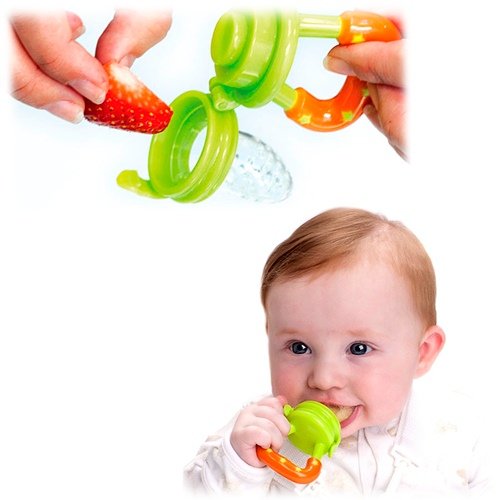
2. Sunflower seeds - universal food for wintering birds. A large amount of vegetable fats contained in them are an important source of replenishment of energy in conditions of winter cold.
3. Lard, meat - can also be used for winter feeding of birds. They are very fond of some types of birds. But it is worth remembering that this food should be unsalted and not subjected to heat treatment. This top dressing should be placed in such a way that it would not go to crows, magpies, jackdaws, cats and dogs. Usually it is hung on ropes near the feeders or on special perches in bird feeders.
4. Dried rowan and hawthorn - you need to prepare and dry in advance, from autumn. They attract the most beautiful winter feathered representatives - bullfinches and waxwings.
5. Maple and ash seeds - their seeds are also called lionfish. They mostly fly from trees in autumn and become inaccessible to birds. Lionfish are harvested in autumn and hung on feeders.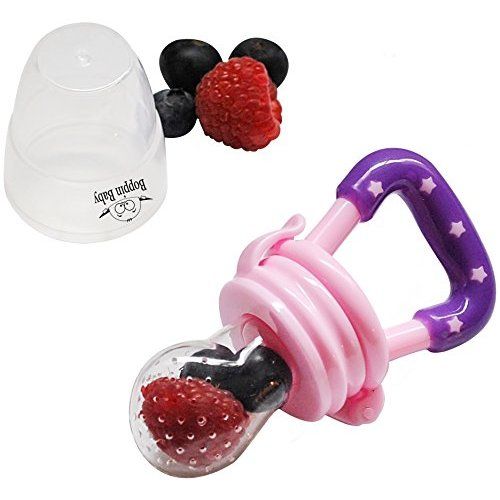
6. Cones, acorns, nuts are the main diet of some birds. Having prepared them in the fall, you can attract woodpeckers and jays to your bird feeder.
Many specialized stores sell ready-made bird food, which makes it much easier for you to feed birds in the winter.
Terms and norms of bird feeding
In central Russia, the duration of the feeding season is 180 days (October-March).
The total length of the feeding season depends on climatic conditions, natural forage yield, and other factors.
It makes no sense to start feeding the birds if the weather is calm and warm in October, and there is still enough natural food in nature. Top dressing in the month of October should be started under adverse weather conditions - early cold, rainy weather, early snowfall, as well as crop failure of natural fodder.
The most difficult period - absolute starvation comes only with the freezing of the soil or the fall of deep snow cover.
Therefore, the feed rate should be distributed over periods:
The first period - bait, is approximately 30-45 days (from October 15 to November 30). This is the time to accustom the birds to the feeders. Feed is laid out in an amount of no more than 15-20% of the norm (as long as the birds are reluctant to eat them).
The second period is the main, the most responsible and lasts about 90 days (approximately from December 1 to March 1). At this time, the birds are especially in need of feeding, so they need to be given a full feed rate. However, it is not recommended to overfeed birds, especially with sunflower seeds - birds stop consuming a variety of natural foods (believing that they are well fed here), and this reduces their natural resistance to infections, and they become overly dependent on feeding and as a result - when it is stopped, although For 2 days the birds often die.
The third period - the final one, lasts about 10-25 days (approximately from March 1 to March 25).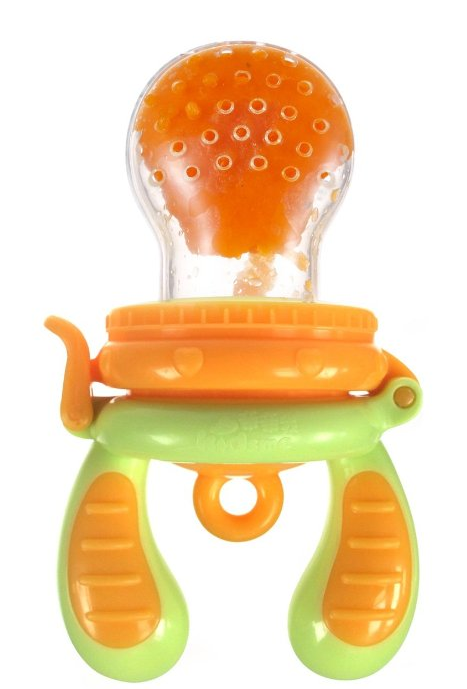 During this period, 60-80% of the total norm should be laid out. But this period very often depends on the vagaries of nature, but in any case, top dressing should be continued until the first thawed patches appear on the ground.
During this period, 60-80% of the total norm should be laid out. But this period very often depends on the vagaries of nature, but in any case, top dressing should be continued until the first thawed patches appear on the ground.
In places where it is necessary to attract birds, it is possible to place not individual feeders, but entire feeding areas.
Stationary feeding grounds - areas approximately 5x5 or 7x7 m in size, feeders should be evenly spaced over this area. Feeding grounds for birds are usually arranged in places where it is convenient to serve them, and the birds will be the least disturbed. Usually these are alley parks, etc.
Approximate bird feed rates
Cereal mixtures (millet, oats or oatmeal, hemp or sunflower, oats, split wheat):
For one feeder per day - 200 g
For the whole season - 11.2 kg
Weed Seed Mix:
For one feeder per day - 200 g
For the whole season - 11.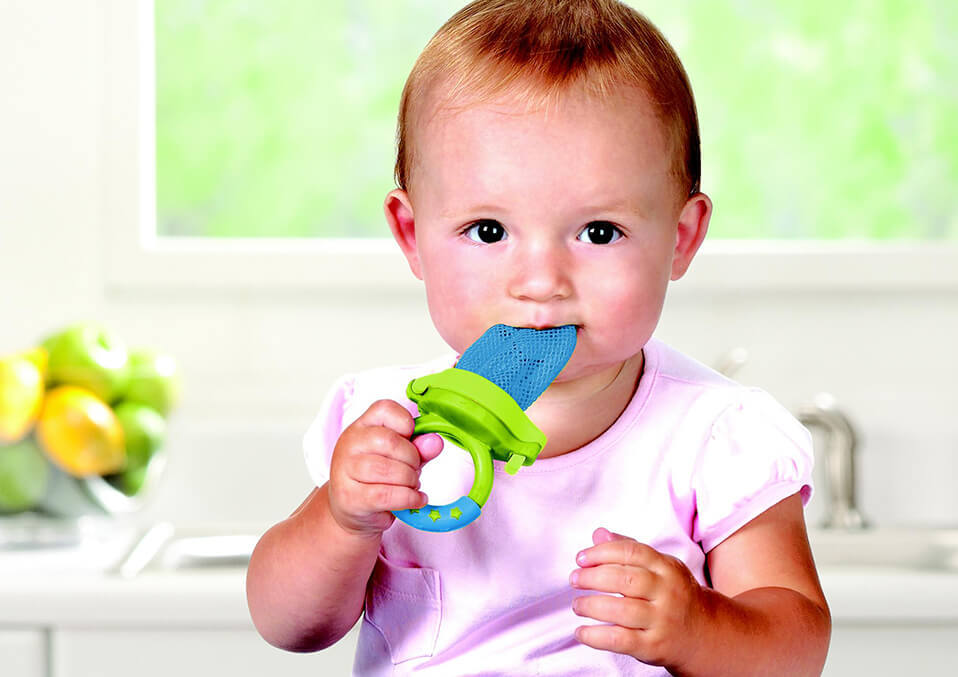 2 kg
2 kg
Meat:
For one feeder per day - 50 g
For the whole season - 2.8 kg
In this case, top dressing should be organized in such a way as to attract no more than five birds to one feeder, because. the accumulation of a large number of birds in one place increases the risk of infection with various diseases.
Types of bird feeders
That's where the fantasy is!
Various materials can be used to make feeders - wood, plastic, cardboard and various combinations thereof.
The simplest options are feeders made from plastic bottles, milk or juice bags.
It should be cautioned that those feeders where continuous (permanent) addition of feed in excess of the norm are provided are very undesirable. As mentioned above, birds need to be fed, not overfed. An overfed bird moves less, which is why its metabolism slows down in its body, resistance to diseases decreases and they die.
When making bird feeders, there are a few simple guidelines to follow:
1. Feeders should be sized for the birds you choose to feed. Everyone knows that where crows and doves appear, there is no place for other birds.
2. The feeder must have a roof (canopy) to protect the feed from precipitation (rain, snow). Wet food spoils quickly, and snow that has fallen makes access to food much more difficult.
3. It is advisable to pour the bird food into some small containers, which allows more economical use of food, because. it is less scattered and lost, and also not to overfeed the birds.
4. If the feeder is of a closed type, then the holes for the birds should be such that birds can freely get inside, but you should not get carried away with large sizes, because. food can spill out through them, especially in strong winds.
5. Consider in advance how to attach the feeder. On a suspension bracket, to a wall, a post or a tree.
On a suspension bracket, to a wall, a post or a tree.
Making a feeder, along with feeding the birds, is an educational process and often labor intensive. In addition, not every parent can entrust "his child" with a hacksaw, drill, jigsaw and hammer, and making a feeder himself in the presence of a child is not entirely correct. Moreover, the manufacture of bird feeders can be made part of the labor education of boys, acquiring the skills of designing, assembling and working with a simple tool.
It often happens that there is a desire to do a good deed, but for some reason beyond your control, there is no such possibility, then ready-made sets will help you out.
Ready-made sets of bird feeders made of wood are sold unassembled, complete with everything you need, so your child, under the supervision of a parent, will only need to spend no more than half an hour to assemble.
Tenth Kingdom, a Russian manufacturer of educational games, offers ready-made bird feeders Feeder dimensions: Feeder dimensions: Feeder dimensions:
Art.  No. 01639
No. 01639 Art. No. 01640 Art.
- height - 190 mm;
- length - 220 mm;
- width - 150 mm
- height - 200 mm;
- length - 135 mm;
- width - 200 mm
- height - 235 mm;
- length - 140 mm;
- width - 240 mm
What are the advantages of these ready-made kits:
1. The material of the feeders is sanded birch board.
The material of the feeders is sanded birch board.
2. Painting was done with harmless water-based paints.
3. Products are certified.
4. Safe for children because there are no sharp and small parts.
All these bird feeders are included in the Good Deed program.
You can buy your favorite bird feeder in the Tenth Kingdom manufacturer's online store.
Placement of the bird feeder
Placement of feeders should be approached no less seriously than production.
The feeder should be placed in a quiet, calm place, always on the south side of a tree, edge (if in a forest clearing) or building.
So, where can you place bird feeders.
1. The first thing that comes to mind is to hang a feeder outside the window or on the balcony. First of all, because of the convenience of the person himself, but at the same time there are several nuances:
- The main and essential is rubbish, both on your window or balcony, and from the neighbors downstairs.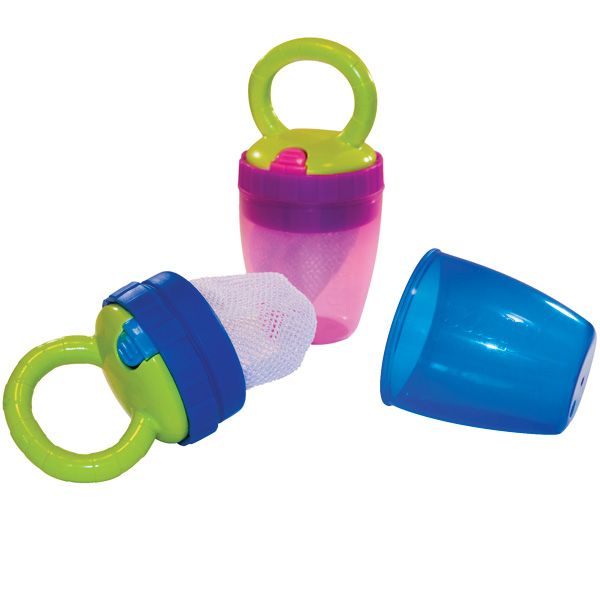
- It is harmful for the birds themselves, because. they do not always feel the barrier in the form of glass and can simply break.
- You should not even think about placing a feeder on the first floor window. In this case, birds can become easy prey for cats.
2. On a free-standing support, pole or tree trunk. For this, closed-type feeders are best suited to make it as difficult as possible for lovers to feast on birds.
3. On suspension. This is the safest way to place a bird feeder. Also an important feature of this placement is the possibility of birds flying up from any direction.
It should be noted that ornithologists are engaged in placing bird feeders and feeding birds in large forest park areas. They track the number of wintering birds, their species, weather conditions and, in accordance with this, select the composition and amount of food.
If the birds gather at the feeder in winter, it means that they need your help. And by helping the birds, you are doing a good deed not only for wintering birds, but also for yourself.
And by helping the birds, you are doing a good deed not only for wintering birds, but also for yourself.
Questions and answers
This table contains frequently asked questions and answers to them:
| How to make a bird feeder | A bird feeder can be made from any available material. The simplest options are from a plastic 2 or 5 liter bottle, solid (cardboard) milk or juice bags. Feeders made of wood are very popular, they can be given any design and shape, colors. Very often you can see combined feeders made of wood and plastic elements. Today you can buy various bird feeders, the assembly will take no more than half an hour, which even a child can handle. | |
| How to hang the feeder | First of all, you need to remember that the feeder would be inaccessible to predators, in a quiet, windless place and should be as illuminated as possible. | |
| What birds appear at the feeder in winter | Sparrows, tits, blackbirds, bullfinches, goldfinches, greenfinches and even woodpeckers. It depends on several factors: | |
| Feeding rates for birds | It is generally accepted that there are approximately 5 birds per feeder. The daily rate of feeding, depending on the "visitors" of the feeder, should not exceed grain mixtures - 200 gr, weed seed mixtures - 200 gr, meat or lard - 50 gr. | |
| When to start feeding birds. When to stop feeding birds. | Feeding season for birds lasts approximately from October to March, but may vary depending on weather conditions. Top dressing should be started when it becomes more difficult for the birds to get their usual food - with the onset of the first frost, snowfall, constant rain. |

 In addition to seeds, they like raw unsalted lard or meat. Around the feeders behaves quite carefully.
In addition to seeds, they like raw unsalted lard or meat. Around the feeders behaves quite carefully.  Inhabits various forested areas. In winter, it feeds on pine and spruce seeds, and is a frequent visitor to bird feeders in parks.
Inhabits various forested areas. In winter, it feeds on pine and spruce seeds, and is a frequent visitor to bird feeders in parks.  Spruce and pine seeds predominate among the stocks, but there are also stocks of animal feed. A very rare visitor to the city feeders.
Spruce and pine seeds predominate among the stocks, but there are also stocks of animal feed. A very rare visitor to the city feeders.  They live in small flocks of 7-10 birds. The bullfinch feeds more often on seeds, buds and berries.
They live in small flocks of 7-10 birds. The bullfinch feeds more often on seeds, buds and berries.  In summer, the fieldfare feeds on insects, worms, mollusks, spiders, and in the fall it switches to a variety of berries, especially loves mountain ash. In winter, many birds roam the gardens, parks and yards in search of food.
In summer, the fieldfare feeds on insects, worms, mollusks, spiders, and in the fall it switches to a variety of berries, especially loves mountain ash. In winter, many birds roam the gardens, parks and yards in search of food. 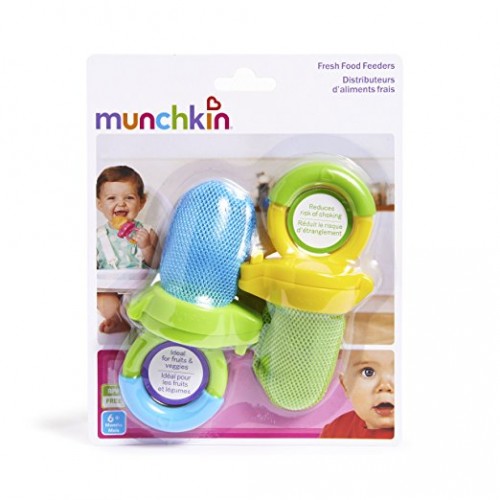 The best option is to hang the feeder on a tree branch. You can place the feeder on the balcony, outside the window or fix it on the wall, pole.
The best option is to hang the feeder on a tree branch. You can place the feeder on the balcony, outside the window or fix it on the wall, pole. 

